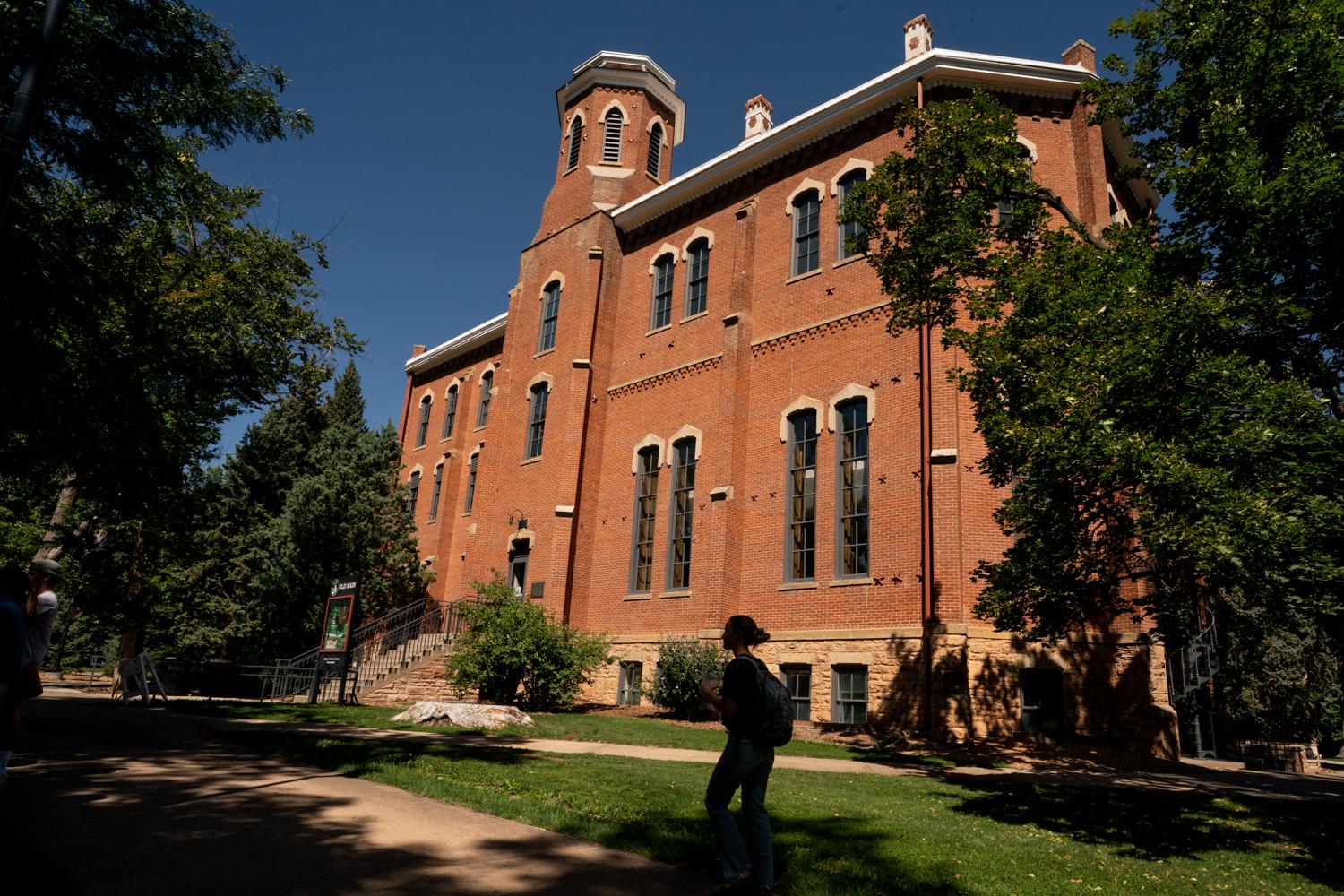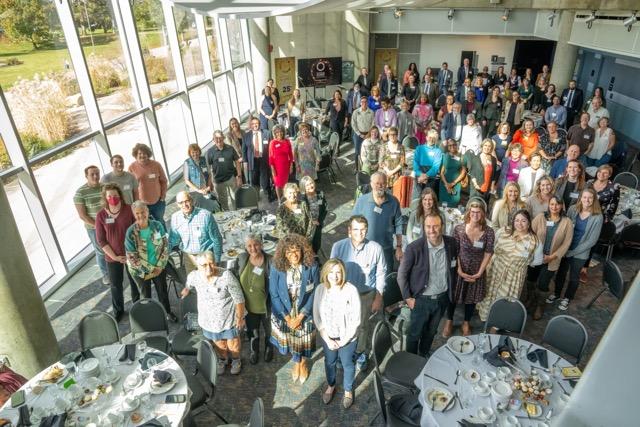
The growing death toll on Mt. Everest this climbing season has drawn alarm and criticism from experienced mountaineers.
One of them is Jake Norton of Evergreen, a professional climber, photographer and guide who recently returned from his eighth expedition to Everest.
“In terms of traffic, you know, it's really gone up on Mount Everest. In the 20 years I've been climbing there, numbers have gone up. Deaths, interestingly, really haven't in many ways though,” Norton said. “You get spike years like this. What's really changed is who's going and how they're going to the mountain.”
A rise in the number of outfitters who guide trips up the world’s tallest peak has corresponded with a decline in the quality of some of those businesses, Norton said. That means more customers on budget trips, where proof of experience may not be required and fewer resources are provided.
Nepal, one of the world's poorest countries, takes in $300 million each year from climbing. A record number of 381 permits were issued this year.
“And it's not only the paying clients who don't have the skills they had 20 years ago. Even the staff on the mountain are not always as skilled as they used to be,” Norton said. “So you're getting newer high-altitude workers who don't have experience and strength up in those high places.”
Eleven people have died on Everest, nine on the Nepal side of the mountain and two on the Chinese side, likely due to altitude sickness, which is caused by low amounts of oxygen at high elevation and can lead to headaches, vomiting, shortness of breath and mental confusion.
Boulder attorney Christopher Kulish, 62, is one of the dead. He had just reached the top of Everest with a small group, according to his brother, Mark Kulish. The exact cause of death is still unknown.
Norton said it’s not just the issue of climbers lacking the necessary physical fitness, but also the experience of climbing at extreme altitudes and the toll it takes on the body.
Climbers have just hours to reach the top of Everest before the altitude puts them at risk of a pulmonary edema, when the lungs fill with liquid causing respiratory failure. Mountaineers described traffic jams caused by exhausted rookies in the "death zone," the final phase of the ascent from Camp Four at 26,240 feet to the 29,035-foot peak.
“There's literally no way your body could acclimate to that altitude. You are slowly dying,” Norton said. “Everything gets dulled. Your ability to stay warm, your ability to make good decisions, everything slowly kind of percolates downward. So when you get a traffic jam like what we saw on May 23 on the south side … people, especially if they don't have experience in those altitudes and how to understand their bodies, they really fall apart quickly.”
More people also means more trash. The Nepal government just concluded an expedition on the mountain that removed 24,200 pounds of garbage, as well as four bodies. Officials called it a successful mission, but said more trash still needs to be collected. Some is still covered by snow and only is exposed when temperatures rise.
Norton recommends two changes to minimize preventable deaths on Everest and other major mountains. First, that Nepalese outfitters abide by stricter standards similar to those followed by U.S. companies who guide hikers up peaks like Denali in Alaska and Rainier in Washington State. That means not only requiring significant climbing experience, but being held to task by the government if a death due to negligence occurs.
“That equates to a lot of financial incentive to do the right thing and make the right decisions,” he said.
Second, Norton wants to change the language and the mindset around expeditions so that the focus is less on summiting and more on the journey. On his first two expeditions on Everest, he had to turn around without summiting.
“I think the real issue, and this happens not just on Everest but on many mountains, (is) we as a society, as a culture put the barometer of success on the summit,” Norton said. “We as guides, we as climbers need to change that dialogue a little bit. So when you come back from Everest, it's not, ‘Did you reach the summit?’ It's, ‘Did you have a good trip? Do you have all your fingers and toes? Are you alive?’ Those are the more important questions.”
CPR reporter Nell London contributed to this story.







